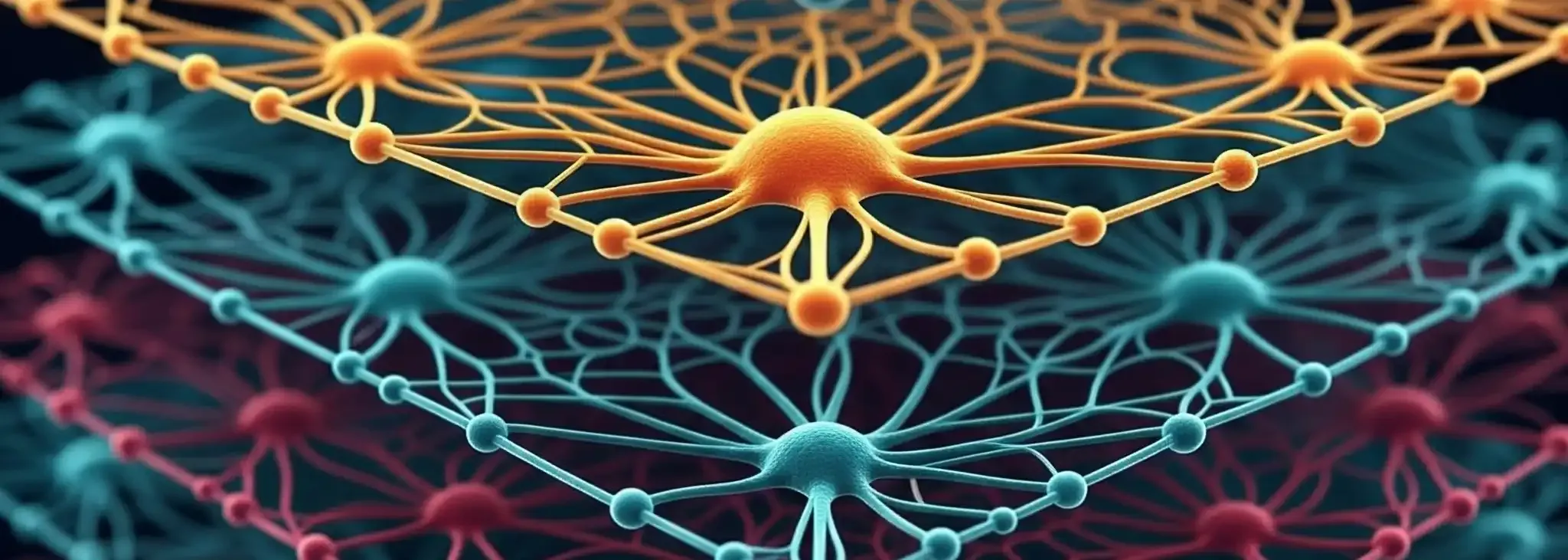Decoding Machine Learning: From Basics to Deep Neural Networks!
Ever wondered how artificial intelligence "learns"? At the heart of many technological innovations lies Machine Learning (ML), a fascinating field that enables systems to learn from data and make decisions or predictions.
In the ML universe, Artificial Neural Networks (ANNs) stand out. Inspired by the human brain, they're a type of machine learning with interconnected "neurons" that, together, can unravel complex relationships and deliver surprising results. An ANN is considered "deep" when it has two or more hidden layers, allowing it to process information on multiple levels. The main trick is to adjust its parameters so that, when fed new data, it can produce the desired output.
The Types of Machine Learning: Your AI Toolkit
Just as a craftsman has their toolkit, Machine Learning has different approaches to solve specific problems:
1. Supervised Machine Learning
Imagine having a detailed instruction manual for every piece you want to build. In supervised learning, that's exactly what happens! We use pre-labeled data to train algorithms, teaching them to map inputs to desired outputs.
- Classification: Think about organizing emails into "spam" or "not spam." Classification is used to predict which category an input belongs to. In neural networks, the output layer usually has one neuron for each class or a single neuron for binary classifications.
- Regression: Unlike classification, regression predicts continuous numerical values.
2. Unsupervised Machine Learning
Here, the machine receives a pile of random parts and has to find patterns or organize them on its own, without prior instructions. The goal is for the algorithm to discover the inherent structure within the data.
- Clustering: One of the most common tasks in unsupervised learning, where data is grouped based on their similarities.
Beyond the Basics...
While classification and regression are the main focus, there are other important concepts under the neural network umbrella, such as Reinforcement Learning and Semi-supervised Machine Learning. Each with its peculiarities, but all contributing to the vast and dynamic field of artificial intelligence.
Understanding these concepts is the first step to unlocking the power of Machine Learning and its real-world applications. Which type of Machine Learning do you find most promising for the future? Share your thoughts in the comments!









